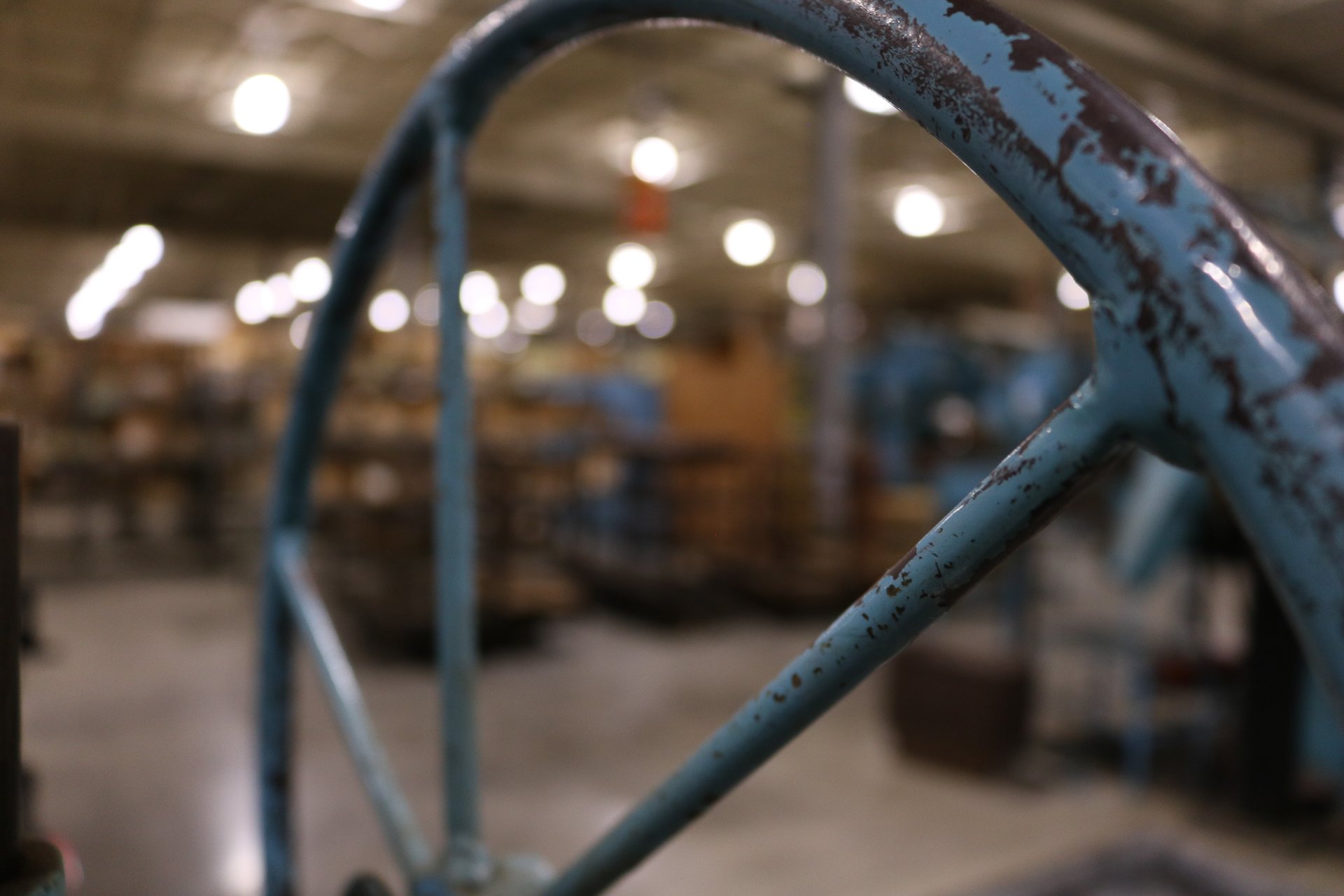
Think about the last project you took the lead on.
Did you run into issues getting the parts you needed?
Were there moments when communication felt like a struggle – maybe because of time zone differences or language barriers?
And how about those frustrating shipping delays?
These challenges are all part of navigating the 2026 supply chain. For manufacturers, it’s all about having the right materials and components ready to keep things moving. Failure to do so stalls production, resulting in delays and additional costs.
Working with a domestic mechanical motion control manufacturer can make things smoother and help you avoid many of these standard supply chain frustrations.
2026 Supply Chain Outlook
If you’ve read recent supply chain outlooks for 2026, a familiar theme emerges: conditions have stabilized compared to peak disruption years, but volatility hasn’t disappeared.
While manufacturers are no longer navigating a global pandemic, several ongoing factors continue to shape supply chain planning in 2026:
- Global Trade Disruptions: The 2026 supply chain continues to be affected by geopolitical uncertainty. Ongoing conflicts, regional instability affecting major shipping lanes, and evolving trade relationships all contribute to longer transit times and higher risk exposure for globally sourced components. Shifts in trade policy and tariff structures among major economies also remain a key planning consideration.
- Transportation Costs: Fuel price volatility and environmental regulations continue to influence transportation costs. While pricing has moderated compared to peak disruption years, shipping expenses remain less predictable than pre-2020 norms, making long-term cost forecasting more challenging for manufacturers in 2026.
- Supply and Demand Imbalances: Expanded container capacity entering the market over the last several years has eased some congestion issues, but mismatches between capacity, demand, and regional port infrastructure still affect pricing and scheduling. For manufacturers, this means lead times can improve, then tighten again depending on region and mode.
Why More Companies Are Bringing Manufacturing Back Home
For companies sourcing mechanical motion control solutions, U.S.-based manufacturing is gaining momentum.
Why?
The third-party supplier profile is still evolving. Over the past decade, reshoring and nearshoring efforts have returned well over one million manufacturing jobs to the U.S., driven by lessons learned during major disruptions and reinforced by policy incentives aimed at strengthening domestic production.
Localization, manufacturing products closer to their end markets, has become a strategic decision tied to risk reduction, responsiveness, and long-term resilience.
4 Reasons to Reshore With a Motion Control Manufacturer
There are many routes to effective supply planning for your manufacturing needs.
We'll look at some of the ways reshoring supplied parts – such as those for motion control – can mitigate supply chain issues, including:
1. Localization
The vulnerabilities of long, globally dispersed supply chains are now well documented. Factory shutdowns, labor shortages, port congestion, and extended transit times highlighted how quickly overseas disruptions can stall domestic production.
As a result, companies increasingly factor supply-chain risk into total cost calculations. Sourcing locally helps support:
- Reduced exposure to international disruptions
- More predictable lead times
- Lower freight complexity and cost
- Stronger domestic economic impact
- “Made in the U.S.A.” positioning
Manufacturers working with U.S.-based partners also report clearer communication and faster iteration during development.
2. Single Sourcing
Single sourcing, intentionally partnering with one qualified supplier, can streamline procurement while improving consistency and quality. Unlike sole sourcing, this approach is a strategic choice rather than a constraint.
The benefits of single-sourcing include:
- Fewer supplier handoffs
- Improved quality control
- Reduced administrative burden
When paired with a domestic hinge or motion control manufacturer, single sourcing simplifies communication and enables deeper collaboration across current or future projects.
Cost alone shouldn’t drive supplier selection. A quality-based evaluation that weighs capability, reliability, service, and engineering support often delivers better long-term value than lower overseas unit pricing with higher variability.
3. Vertical Integration
Vertical integration, controlling multiple stages of production, gives manufacturers greater influence over cost, quality, and timelines.
Working with a vertically integrated hinge supplier means that design, prototyping, testing, processing, finishing, assembly, and shipping are coordinated within a single operation. This reduces handoffs, shortens lead times, and minimizes variability across production runs.
4. Inventory Management
Inventory remains a balancing act. Holding too little increases disruption risk; holding too much ties up capital.
Lean inventory strategies such as Just-in-Time (JIT method) remain viable in 2026, when paired with localized supply chains. While JIT alone can magnify risk in long global supply networks, combining it with domestic sourcing reduces transportation time, communication delays, and uncertainty.
The result: lean operations without sacrificing responsiveness.
Supply Planning Made Simple
Reshoring isn’t only about geography. It’s about working with U.S. manufacturers that offer single-source capabilities, vertical integration, and disciplined inventory management.
By prioritizing partnerships that reduce risk, shorten lead times, and minimize bottlenecks, manufacturers can improve customer experience while building more resilient operations for the years ahead.
Partner With the Right Hinge Manufacturer
As a vertically integrated, single-source partner, Weber Knapp works as an extension of your team - sharing engineering expertise, supporting design decisions, and collaborating throughout the product lifecycle.
Let’s work together.
.png?width=12000&height=2033&name=WeberKnappLogo_white%20(1).png)



